Can 802.1n Connect To A 5g Wifi Camera ?
No, 802.11n is a Wi-Fi standard that operates in the 2.4 GHz frequency range. It is not compatible with 5 GHz Wi-Fi cameras, which typically use the 802.11ac or 802.11ax standards to connect to a network.
1、 Compatibility of 802.11n with 5GHz WiFi cameras
Yes, 802.11n can connect to a 5GHz WiFi camera. While 802.11n is primarily associated with the 2.4GHz frequency band, it also supports the 5GHz frequency band. This means that devices with 802.11n capability can connect to both 2.4GHz and 5GHz WiFi networks, including 5GHz WiFi cameras.
The 5GHz frequency band offers several advantages over the 2.4GHz band, such as less interference from other devices like microwaves and cordless phones, and higher data transfer rates. This makes it particularly suitable for applications that require high bandwidth, such as streaming high-definition video from a WiFi camera.
It's worth noting that newer WiFi standards, such as 802.11ac and 802.11ax (Wi-Fi 6), offer even better performance and are more commonly used for 5GHz connections. However, 802.11n is still widely supported and can provide sufficient connectivity for most applications, including connecting to 5GHz WiFi cameras.
It's important to ensure that both the WiFi camera and the device connecting to it (such as a smartphone or computer) support the 5GHz frequency band. Some older devices may only support the 2.4GHz band, so compatibility should be checked before attempting to connect to a 5GHz WiFi camera.
In conclusion, while 802.11n is not the latest WiFi standard, it is compatible with 5GHz WiFi cameras and can provide a reliable connection for streaming video and other data-intensive tasks. However, for optimal performance, newer WiFi standards like 802.11ac or 802.11ax are recommended.

2、 802.11n support for connecting to 5GHz wireless cameras
802.11n, also known as Wi-Fi 4, is a wireless networking standard that operates in both the 2.4GHz and 5GHz frequency bands. While it is true that 802.11n supports connecting to 5GHz wireless cameras, there are a few factors to consider.
Firstly, it is important to note that not all 802.11n devices support the 5GHz band. Some older devices may only support the 2.4GHz band, so it is crucial to check the specifications of your specific device to ensure compatibility.
Secondly, even if your 802.11n device supports the 5GHz band, it may not be able to take full advantage of the higher speeds and improved performance that 5GHz offers. This is because 802.11n was primarily designed for the 2.4GHz band and may not have all the advanced features and capabilities of newer standards like 802.11ac (Wi-Fi 5) or 802.11ax (Wi-Fi 6).
Lastly, the compatibility between an 802.11n device and a 5GHz wireless camera also depends on the camera's specifications. The camera must support the 802.11n standard and be capable of operating in the 5GHz band.
In summary, while 802.11n can support connecting to 5GHz wireless cameras, it is important to check the compatibility of both your device and the camera. If you are looking for optimal performance and the latest features, it may be worth considering upgrading to a newer Wi-Fi standard like 802.11ac or 802.11ax.

3、 Connecting a 5GHz WiFi camera to an 802.11n network
Yes, an 802.11n network can connect to a 5GHz WiFi camera. While 802.11n is primarily associated with the 2.4GHz frequency band, it also supports the 5GHz band. This means that devices with 802.11n capabilities can connect to both 2.4GHz and 5GHz networks.
Connecting a 5GHz WiFi camera to an 802.11n network can provide several advantages. The 5GHz band generally offers less interference and congestion compared to the 2.4GHz band, resulting in a more stable and reliable connection. This is particularly beneficial for devices that require high bandwidth, such as streaming cameras.
However, it is important to note that the maximum speed and performance of the 802.11n network may not be fully utilized when connecting to a 5GHz camera. This is because 802.11n is designed to achieve higher speeds in the 2.4GHz band. To fully leverage the capabilities of a 5GHz camera, it is recommended to use a network that supports the latest WiFi standards, such as 802.11ac or 802.11ax (Wi-Fi 6).
In summary, while an 802.11n network can connect to a 5GHz WiFi camera, it may not provide the optimal performance and speed that newer WiFi standards can offer. If you are looking to maximize the capabilities of your 5GHz camera, it is advisable to consider upgrading to a network that supports the latest WiFi standards.
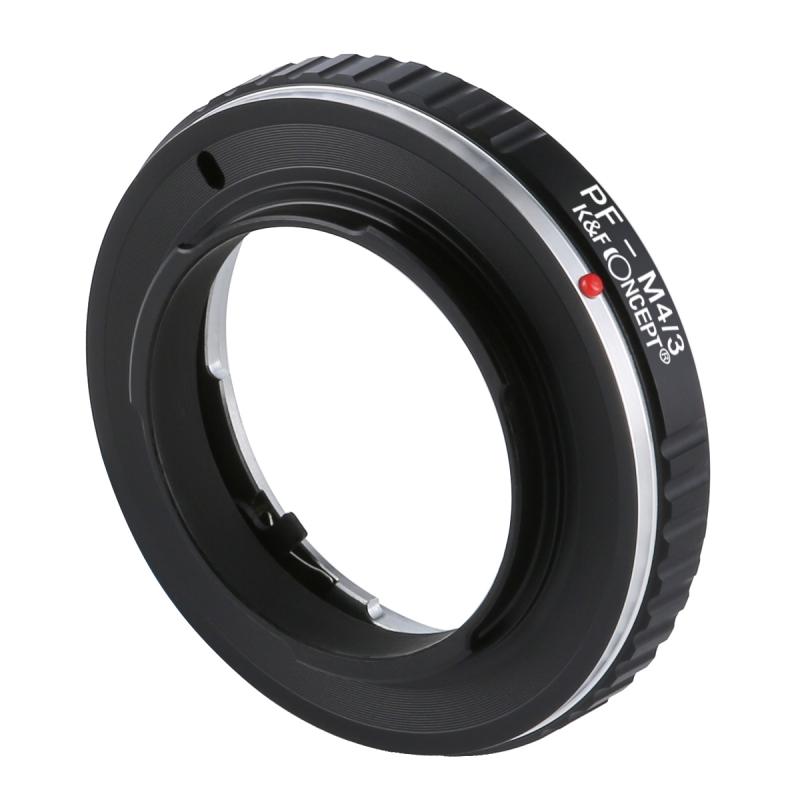
4、 802.11n and its ability to connect with 5GHz cameras
802.11n, also known as Wi-Fi 4, is a wireless networking standard that operates in both the 2.4GHz and 5GHz frequency bands. While it is true that 802.11n can connect to 5GHz cameras, it is important to note that the standard itself does not specifically support 5GHz connectivity.
The 802.11n standard primarily operates in the 2.4GHz frequency band, which is more crowded and susceptible to interference from other devices such as microwaves, cordless phones, and Bluetooth devices. However, 802.11n introduced the option for devices to operate in the less crowded 5GHz frequency band, which offers higher data rates and less interference.
In order for an 802.11n device to connect to a 5GHz camera, both the device and the camera must support the 5GHz frequency band. Many modern 802.11n devices do support 5GHz connectivity, but it ultimately depends on the specific device's capabilities.
It is worth mentioning that newer Wi-Fi standards, such as 802.11ac (Wi-Fi 5) and 802.11ax (Wi-Fi 6), offer better performance and support for higher data rates in the 5GHz frequency band. Therefore, if you are specifically looking to connect to a 5GHz camera, it may be more beneficial to consider upgrading to a device that supports these newer standards.
In conclusion, while 802.11n can connect to 5GHz cameras if both the device and the camera support it, it is not the most optimal choice for 5GHz connectivity. Upgrading to a device that supports newer Wi-Fi standards would provide better performance and compatibility with 5GHz cameras.







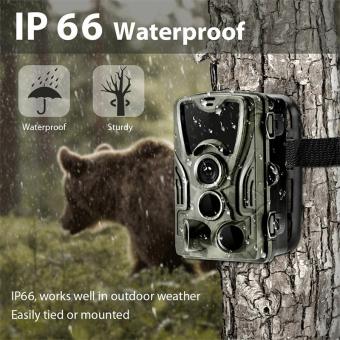
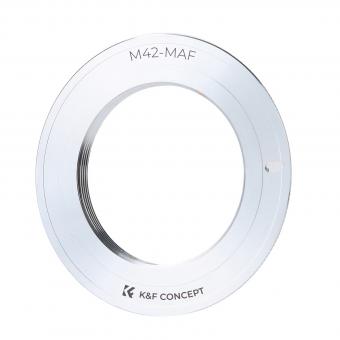
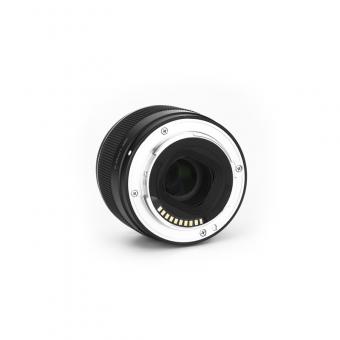



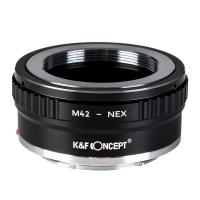

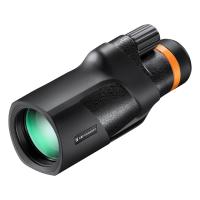
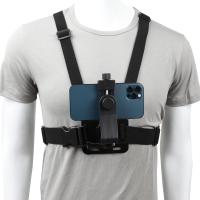
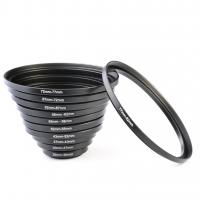




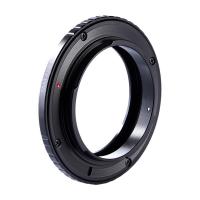
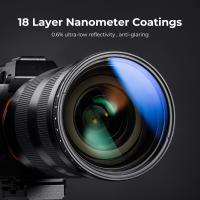
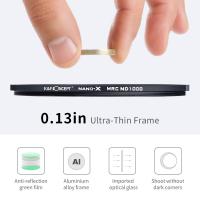




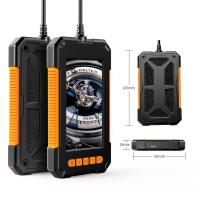
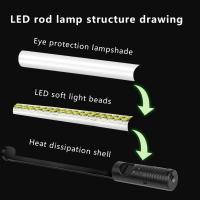
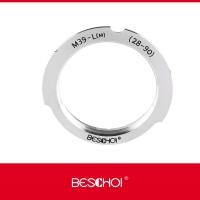
There are no comments for this blog.